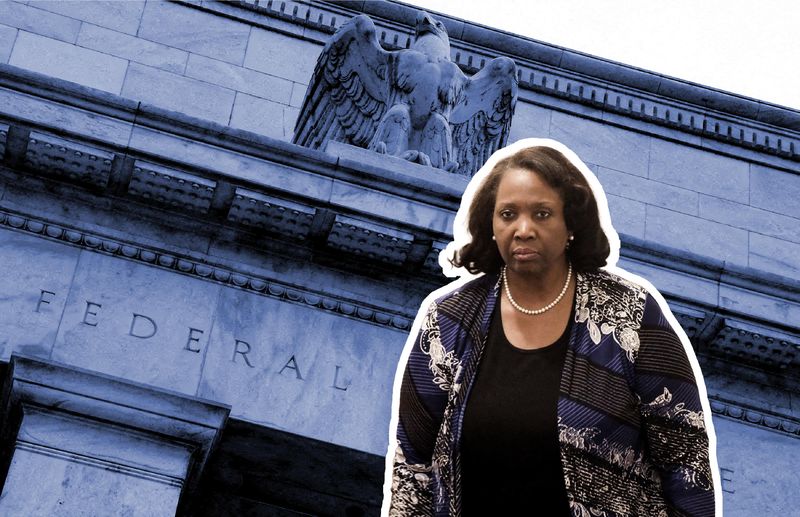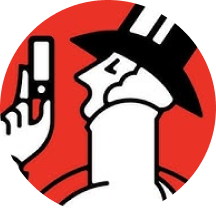
President Donald Trump said Aug. 25 that he fired Federal Reserve governor Lisa Cook, an unprecedented action that removes her from the nation’s policy-making central bank – and gives Trump the opportunity to have four appointees on the seven-member Fed board.
The president said he was firing Cook, a leading economist, over claims she made false statements on a mortgage agreement. Cook, who has not been charged with a crime, said Trump lacks the authority to fire her. She said she would challenge the move in court.
Learn more: Trump has accused others of mortgage fraud
Trump’s announcement has sparked curiosity in Cook and in the Federal Reserve itself. Here’s how the Fed works and the role Cook plays.
Who are the Federal Reserve governors?
Can't see our graphics? Click here to reload the page.
Cook is one of the seven-member Federal Reserve Board of Governors, a federal agency. There are now six members of the board after Adriana Kugler, who was appointed by President Joe Biden in 2023, resigned Aug. 8.
Cook is the first Black woman to become a Federal Reserve governor. Biden appointed her in 2022 and reappointed her in 2023 for a term set to end in 2038.
Before joining the board, Cook was a senior economist on the Council of Economic Advisers under President Barack Obama.
Cook was a senior adviser on finance and development in the Treasury Department's Office of International Affairs from 2000 to 2001. She was also a professor of economics and international relations at Michigan State University.
Jerome Powell is chair of the Fed Board. He was named to the Fed by Obama in 2012 and was elevated to the chair by Trump in 2018. Biden reappointed him in 2022.
What does the Federal Reserve do?
The seven Fed governors are part of the 12-member Federal Open Market Committee, which sets U.S. monetary policy. Governors serve 14-year staggered terms and are nominated by U.S. presidents and confirmed by the Senate.
Congress established the Federal Reserve in 1913 after a series of financial panics, including runs on banks, payment suspensions and bank failures, according to federalreservehistory.org. Its purpose was to stabilize the U.S. banking system.
Here are some of the Fed’s duties:
- Oversee monetary policy: The Fed sets interest rates and controls the nation’s money supply. Its goals are maximum employment, stable prices and moderate long-term interest rates.
- Regulate banks: The Fed regulates banks and other financial institutions.
- Ensure financial stability: The Fed intervenes in times of national financial difficulty. It’s the lender of last resort during financial panics.
- Distribute currency: The Fed distributes U.S. currency across the nation.
- Protect consumers: The Fed ensures financial institutions comply with protection laws, including fair lending and community reinvestment.
- Perform other financial services: The Fed conducts transfer payments and settlement services to banks and the federal government.
Trump pressured the Fed to lower interest rates during his first term in the White House. He has escalated that campaign in recent months. The president has demanded that rates be cut by several percentage points and has threatened to fire Powell.
CONTRIBUTING Bailey Schulz, Bart Jansen, Rachel Barber, Medora Lee
SOURCE USA TODAY Network reporting and research; Reuters; federalreserve.org; federalreservehistory.org
This article originally appeared on USA TODAY: Trump fires Lisa Cook from the Federal Reserve. How the Fed, and Cook, set monetary policy
Reporting by Jennifer Borresen and George Petras, USA TODAY / USA TODAY
USA TODAY Network via Reuters Connect

 USA TODAY National
USA TODAY National
 CBS News
CBS News CNBC White House
CNBC White House The San Diego Voice & Viewpoint
The San Diego Voice & Viewpoint Press of Alantic City Business
Press of Alantic City Business New Yorker
New Yorker The Daily Beast
The Daily Beast CNN Business
CNN Business Associated Press US News
Associated Press US News CNBC Stock Market
CNBC Stock Market